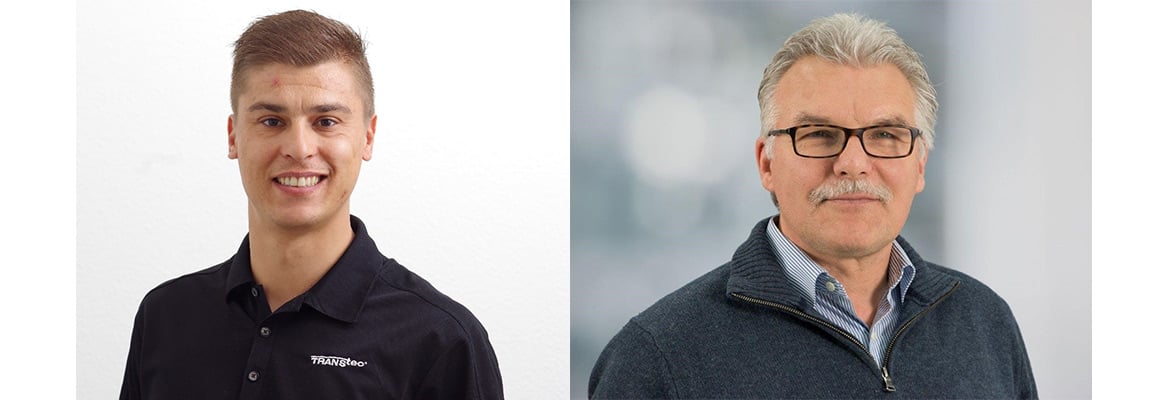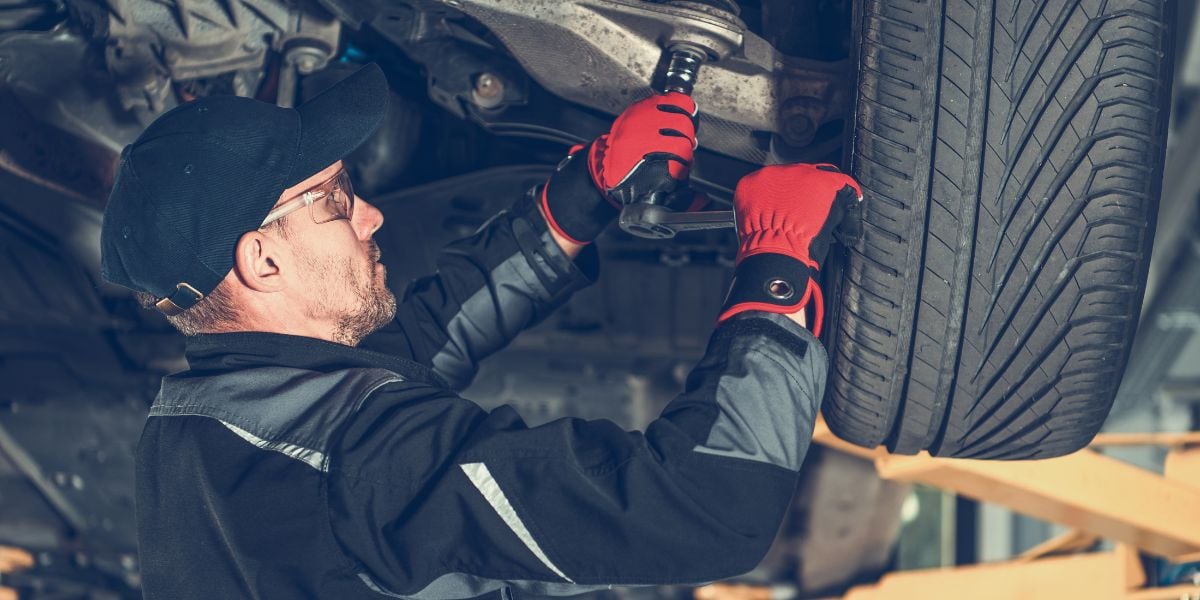Reman Today - The Big Challenges and Solutions
Rematec News asked the reman industry two questions: what are the challenges that should be front of mind for executives right now – and how can we overcome them? The answers are not exactly what you might expect.
Timo Flettner, head of sales, TransTec Europe, Middle East and Pacific Rim
ChallengeRemanufacturing competes with new parts and technologies. There are also new repair techniques and product innovations, plus the complexity of integrated components and range coverage to consider. The frequency of repairs is overall lower - and increases later - than for the total after market: so it is a challenge to plan the launch of new products or to put the right products in place at the right time. Parts availability has a significant impact on success and customer satisfaction.
There is a threat from new, cheap parts produced in low-cost countries, and growing environmental consciousness in emerging markets. In general, the market trend is for longer life-time of original units and single parts (parts are getting better and better) combined to achieve reduction in fuel consumption and CO2 emissions. The technology of parts and units gets more complex, requires more knowledge and technical education of rebuilders - which is time- and cost intensive - also for test equipment (for example, electric power steering).
Full range coverage is required to offer a one-stop-shop solution, which requires effort in range development and parts availability. Economic crisis and political instability in some European regions changes customers’ buying behavior. More cheap, acceptable quality products are being traded and offered from competitors in low-cost regions (for example, India and Far East) and enter the EU market, which ends in a price war.
SolutionIncrease the offer of technical products, services and support to explain your product value against new or cheap parts produced in low-cost countries. Adapt your business to technology changes. Offer a full parts portfolio, especially in mature and growing markets with sustainable products and services. Find ways to compete against low-price new parts. Adaption of the parts offer to new technologies and finding ways to compete against low-price parts - combined with high support and services - are the key elements for success.
Volker Schittenhelm, reman specialist, Schaeffler Automotive Aftermarket
ChallengeAll reman associations and stakeholders must set up a ‘wishlist’ for politicians so that they can support the reman industry to increase knowledge about, and acceptance of, reman parts in the markets. There are tax issues, such as tax reduction and the common treatment of core taxes within the European Union and globally. Within the next five years I expect reman quotas for end-of-life vehicles (ELVs): car manufacturers then must fulfill these quotas. For that, they need their suppliers with reman businesses - so every reman executive should be prepared for that additional demand.
SolutionThe automotive reman industry should promote the just-released reman definitions for
- Reman product
- Reman process
- and ore
They must set up a promotion package to explain to people the difference between reman and material recycling. I also believe the ‘push’ market (where we all have to inform the market about reman) will change to a ‘pull’ market (which exists in the US already, where the customers ask for reman first).
Michael Kelly, sales and marketing manager, D & V Electronics
ChallengeSurviving the down market: 2008 to 2010 were very bad years for car sales worldwide, and now we are experiencing what low OEM car sales mean to the aftermarket. Technology changes: we are in the electrical area - starters, alternators, electric motors, inverters. The technology at the OEM level is uncertain, so in a few years it will be equally uncertain in the aftermarket. Electric motors cost thousands of dollars and the equipment will be correspondingly more expensive and complicated. Do remanufacturers have the knowledge?
SolutionWe saw the slowdown coming: are you ready for the leap to 18 million vehicle sales from eight million? Training and preparation is the key.
In the photo: Timo Flettner (left) and Volker Schittenhelm (right)
Share your remanufacturing stories with us
Do you have an innovation, research results or an other interesting topic you would like to share with the remanufacturing industry? The Rematec website and social media channels are a great platform to showcase your stories!
Please contact our Brand Marketing Manager.
Are you an Rematec exhibitor?
Make sure you add your latest press releases to your Company Profile in the Exhibitor Portal for free exposure.



